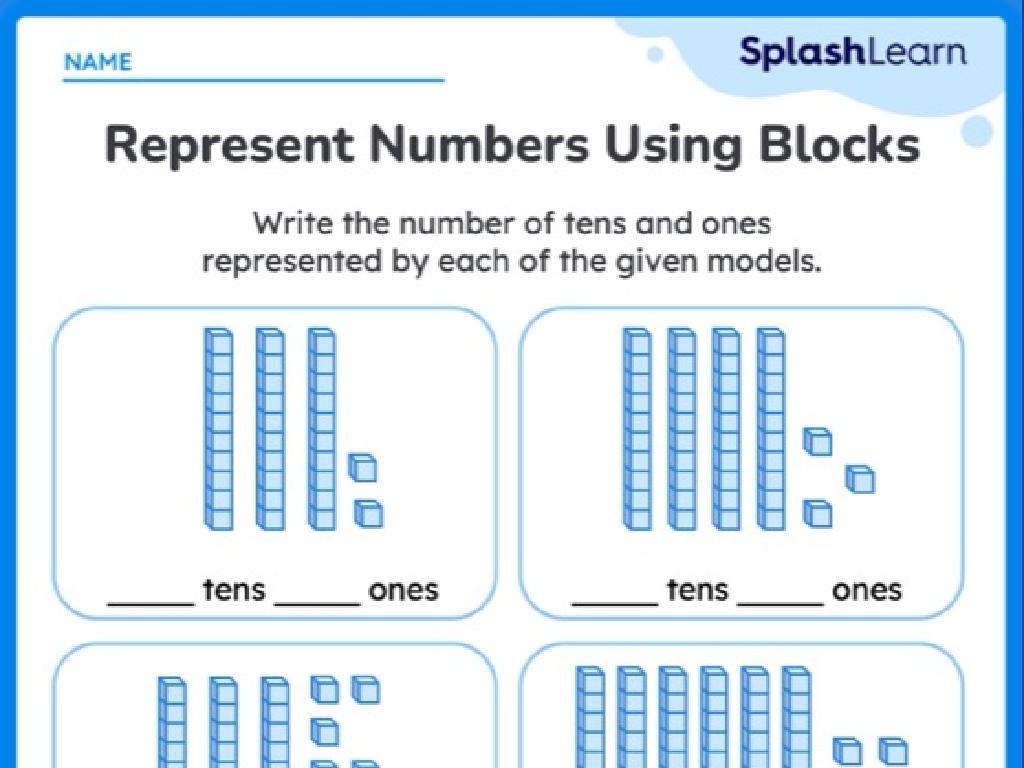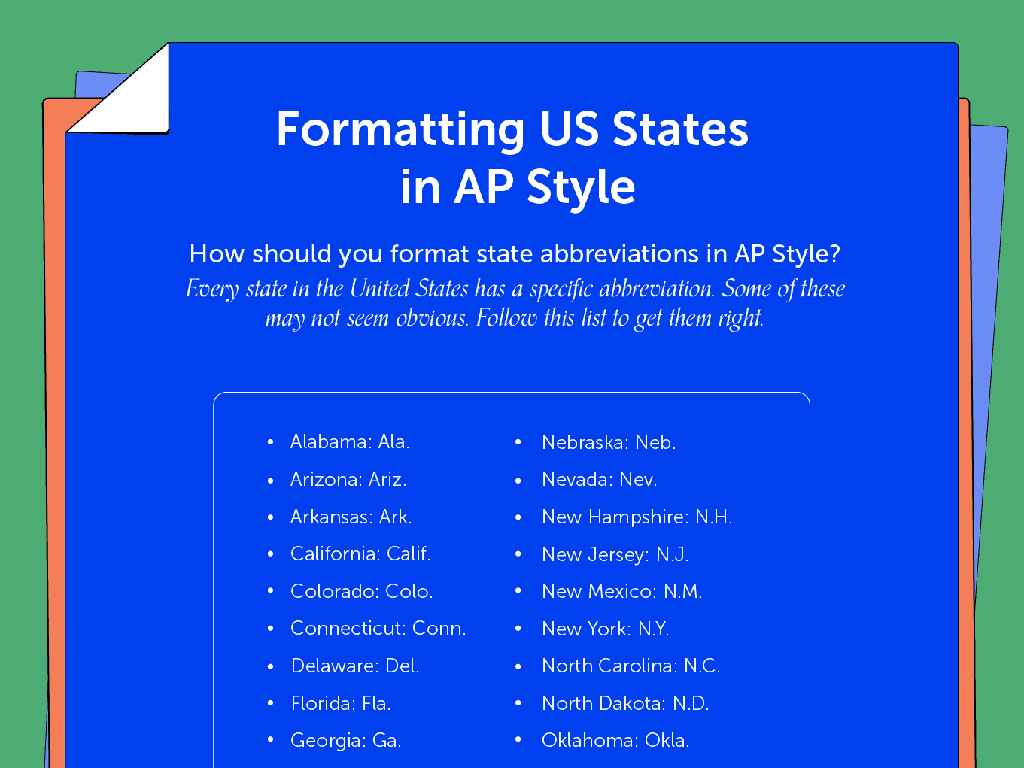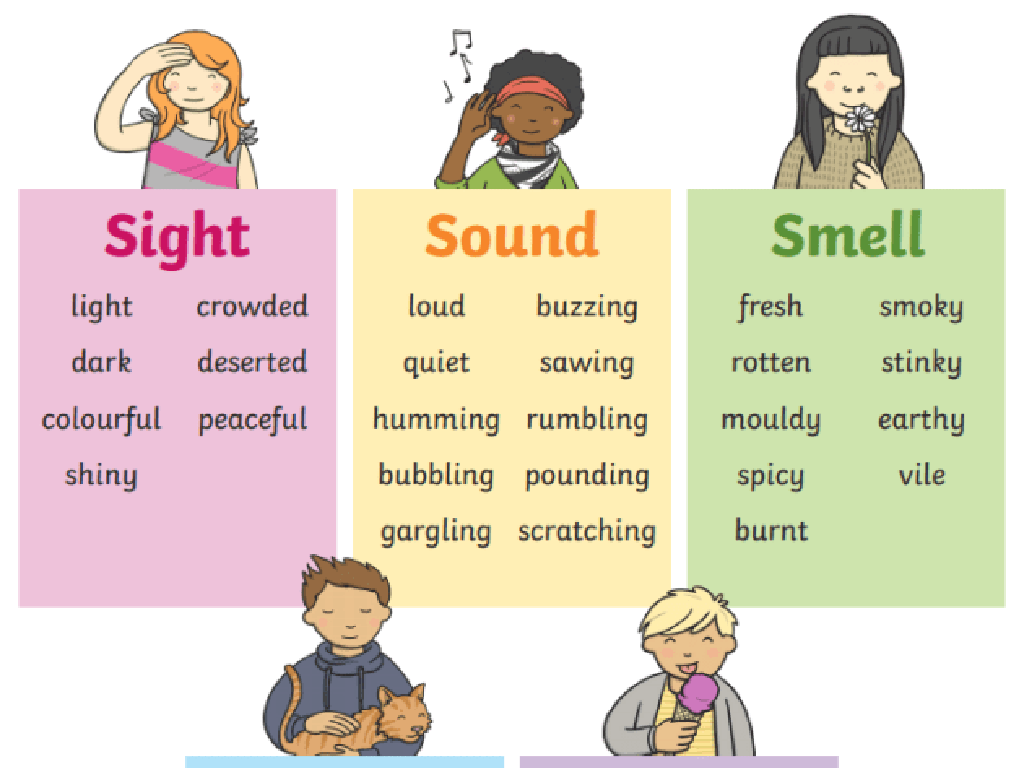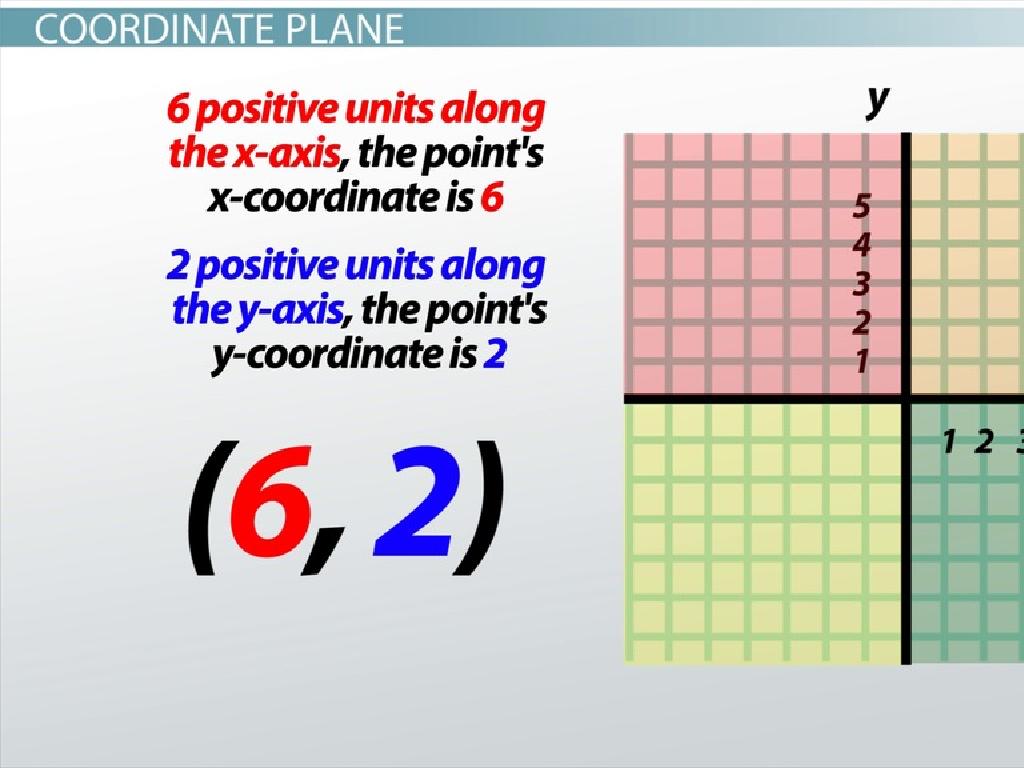The Louisiana Purchase
Subject: Social studies
Grade: Fifth grade
Topic: Early 19Th Century American History
Please LOG IN to download the presentation. Access is available to registered users only.
View More Content
The Louisiana Purchase: Expanding the U.S.
– What is the Louisiana Purchase?
– A land deal between the U.S. and France in 1803
– U.S. Expansion through the purchase
– Doubled the size of the U.S. overnight
– Significance in American history
– Marked a turning point in the nation’s growth
– Impact on the U.S. growth
– Paved the way for westward expansion
|
The Louisiana Purchase was a monumental event in American history, where the United States acquired approximately 828,000 square miles of land west of the Mississippi River from France. This purchase doubled the size of the young nation and was a key factor in its westward expansion. It’s important for students to understand the reasons behind the purchase, its impact on the growth of the United States, and how it shaped the nation’s future. Discuss the role of key figures like Thomas Jefferson and Napoleon Bonaparte, and the concept of Manifest Destiny that emerged from this era. Encourage students to think about how the acquisition of this vast territory might have changed the landscape of America both physically and politically.
What Was the Louisiana Purchase?
– A major land purchase deal
– The U.S. bought land from France in 1803
– U.S. gained 827,000 square miles
– That’s bigger than many countries today!
– The cost was $15 million
– It’s like buying a small toy for a few pennies
– Less than 3 cents per acre!
|
The Louisiana Purchase was a significant event in American history where the United States bought a vast area of land from France in 1803. This deal nearly doubled the size of the U.S. at the time and is considered one of the most important achievements of Thomas Jefferson’s presidency. The cost of the land was $15 million, which seems very small today but was a considerable amount back then. To put it in perspective for the students, compare the cost to something relatable, like how little they might pay for a small toy or candy. This slide should give students a basic understanding of the scale and impact of the Louisiana Purchase.
The World in the Early 1800s: Global Territories
– Overview of global territories
– Countries had lands around the world, like a giant game of Monopoly.
– France’s global colonies
– France, under Napoleon, controlled parts of America, Africa, and Asia.
– The USA before Louisiana Purchase
– The USA was smaller, stretching to the Mississippi River only.
– Impact of territorial ownership
|
This slide aims to provide students with a snapshot of the world’s political landscape in the early 19th century, focusing on territorial ownership. It’s important to convey the concept of empires and colonies in a way that’s relatable to fifth graders, perhaps comparing it to a game where countries claimed different lands. Highlight France’s extensive colonies under Napoleon’s rule and contrast it with the size of the United States at the time, which was confined to the east of the Mississippi River. Discuss the significance of land ownership and how it shaped power dynamics among countries. This sets the stage for understanding the importance of the Louisiana Purchase in American history.
Key Figures in the Louisiana Purchase
– Thomas Jefferson’s leadership
– As president, he pursued the purchase to expand the U.S.
– Napoleon’s sale of the land
– Napoleon needed money for war, so he sold the vast territory.
– Influential figures’ impact
– People like James Monroe also played a role in the negotiation.
|
This slide aims to highlight the significant individuals involved in the Louisiana Purchase. President Thomas Jefferson was instrumental in the acquisition, seeing the potential for American expansion. Napoleon Bonaparte, needing funds for military campaigns, agreed to sell the territory, which doubled the size of the U.S. Other figures, such as James Monroe, were key negotiators in the deal. Discuss with students how these individuals’ decisions and motivations shaped this historic event. Encourage them to consider the broader impact of the Louisiana Purchase on the growth of the United States.
Impact of the Louisiana Purchase
– Doubled the size of the U.S.
– The U.S. grew significantly, adding vast new lands.
– Opened exploration opportunities
– Explorers like Lewis and Clark ventured into new territories.
– New settlement areas emerged
– Settlers moved westward, seeking new lives and opportunities.
– Affected Native American tribes
– Native tribes faced new challenges to their lands and cultures.
|
This slide highlights the major impacts of the Louisiana Purchase on the United States and its inhabitants. The acquisition of this territory in 1803 literally doubled the size of the country, providing a vast expanse for exploration and settlement. It paved the way for expeditions, such as that of Lewis and Clark, which increased understanding of the western lands. The new land also offered settlers a chance to establish homes and communities, contributing to the westward expansion. However, this growth had significant consequences for Native American tribes, whose lives and homelands were greatly affected by the influx of settlers and changing policies. Discuss with students the complex nature of this expansion and its varied effects on different groups of people.
Exploration After the Louisiana Purchase
– Lewis and Clark Expedition
– A journey to explore lands west of the Mississippi River.
– Mapping the new territory
– They created maps of the vast new lands and waterways.
– Encounters with Native Americans
– They met various tribes, learning from them and establishing relationships.
– Discoveries and challenges
– They found new animal species and navigated difficult terrain.
|
This slide focuses on the exploration of the Louisiana Purchase by Meriwether Lewis and William Clark. Their expedition aimed to map the newly acquired territory, establish trade, and assert U.S. presence before European powers. The explorers faced harsh conditions, navigated uncharted lands, and encountered diverse Native American tribes, with whom they interacted and from whom they learned vital survival skills. The discoveries made by the expedition, including new species and potential trade routes, were significant to the expansion of the United States. Encourage students to consider the bravery and curiosity it took to embark on such a journey, as well as the impact of these explorations on Native American communities.
The Louisiana Purchase in Context
– Causes of the Louisiana Purchase
– Need for land, fear of French power, and opportunity for negotiation
– Role in westward expansion
– It doubled U.S. size, encouraging exploration and settlement westward
– Long-term national effects
– It shaped the nation’s economy, culture, and politics for centuries
|
This slide aims to provide students with a comprehensive understanding of the Louisiana Purchase and its significance in American history. Begin by discussing the factors that led to the purchase, such as the United States’ desire for more land, concerns over French control of the territory, and the chance to negotiate with France. Highlight the purchase’s pivotal role in the westward expansion, emphasizing how it facilitated the growth of the nation and the concept of Manifest Destiny. Lastly, discuss the long-term effects on the United States, including economic growth, cultural development, and political changes. Encourage students to consider how the Louisiana Purchase still impacts the country today.
Class Activity: Becoming Explorers
– Imagine being an early explorer
– List items for your journey
– Think about survival, navigation, and research tools
– Draw your exploration route
– Include landmarks and terrain features
– Describe possible encounters
– Consider wildlife, weather, and native tribes
|
In this activity, students will engage their imagination and apply their knowledge of the Louisiana Purchase by pretending to be explorers in the vast new territory. They should consider what essential items they would need to pack for a long expedition, taking into account survival in the wilderness, navigation, and documentation of their findings. Students will draw a map of their hypothetical route, marking important landmarks and considering the geographical features they might traverse. They should also describe potential encounters with wildlife, weather challenges, and interactions with native tribes. This activity will help students empathize with historical figures and understand the complexity of exploring uncharted land. Possible variations of the activity could include group discussions on the best routes, comparing packing lists, or creating a diary entry of a day on the journey.






